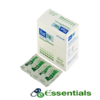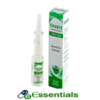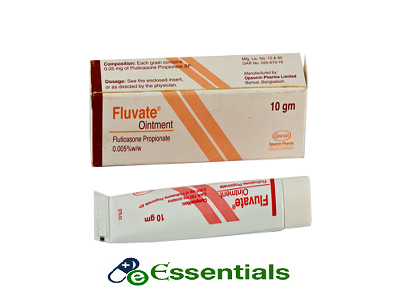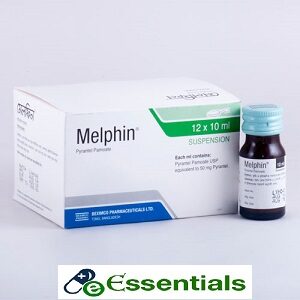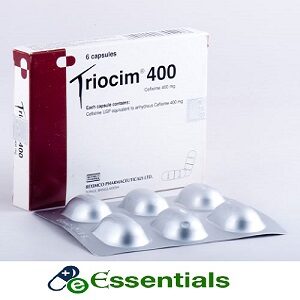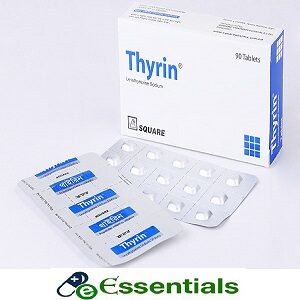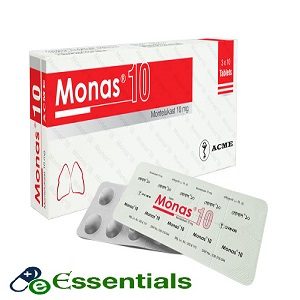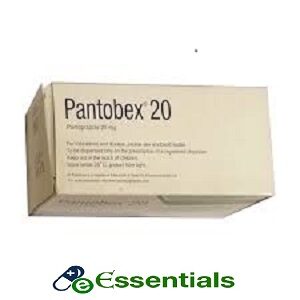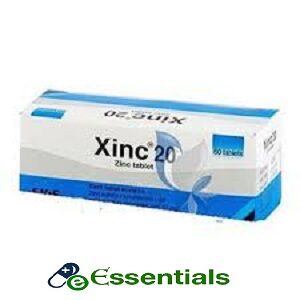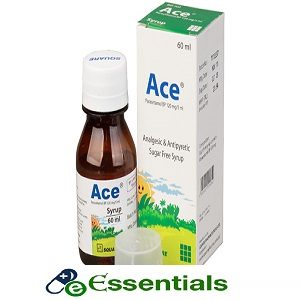Indications
Fluticasone Propionate is indicated for the relief of inflammatory and pruritic manifestations of corticosteroid-responsive eczema or dermatitis.
Therapeutic Class
Pharmacoloy
Fluticasone propionate is a glucocorticoid with high topical anti-inflammatory potency, but a low HPA-axis suppressive activity after dermal administration. It, therefore, has a therapeutic index which is greater than most of the commonly available steroids. Fluticasone propionate has a high degree of selectivity for the glucocorticoid receptor. In vitro studies show that fluticasone propionate has a strong affinity for, and agonist activity at, human glucocorticoid receptors. This receptor is believed to be responsible for the anti-inflammatory properties of glucocorticoids.
Fluticasone propionate has weak affinity for the progesterone receptor, and virtually no affinity for the mineralocorticoid, estrogen, or androgen receptors. The therapeutic potency of glucocorticoids is related to the half-life of the glucocorticoid-receptor complex. The half-life of the Fluticasone propionate glucocorticoid-receptor complex is approximately 10 hours.
Dosage & Administration
Cream: Apply a thin layer of Fluticasone propionate cream to the affected skin areas once daily.
Ointment: Apply a thin layer of Fluticasone propionate Ointment to the affected skin areas twice daily.
Contraindications
Side Effects
The fluticasone propionate preparations are usually well tolerated; local burning and pruritus have been reported. If signs of hypersensitivity appear, application should be stopped immediately. Prolonged and intensive treatment with potent corticosteroid preparations may cause local atrophic changes in the skin such as thinning, striae, dilatation of the superficial blood vessels, hypertrichosis and hypopigmentation.
Secondary infection, particularly when occlusive dressings are used or when skin folds are involved and allergic contact dermatitis have also been reported with corticosteroid use. Exacerbation of the signs and symptoms of the dermatoses have been reported with corticosteroid use.
Prolonged use of large amounts of corticosteroids, or treatment of extensive areas, can result in sufficient systemic absorption to produce the features of hypercorticism. This effect is more likely to occur in infants and children, and if occlusive dressings are used. In infants, the napkin may act as an occlusive dressing.
Pregnancy & Lactation
Administration of fluticasone propionate during pregnancy should only be considered if the expected benefit to the mother is greater than any possible risk to the fetus.
The excretion of fluticasone propionate into human breast milk has not been investigated. Plasma levels in patients following dermal application of fluticasone propionate at recommended doses are likely to be low. When fluticasone propionate is used in breast feeding mothers, the therapeutic benefits must be weighed against the potential hazards to mother and baby.
Precautions
Fluticasone propionate has a very low propensity for systemic absorption, nevertheless, prolonged application of high doses to large areas of body surface, especially in infants and small children might lead to adrenal suppression. Children may absorb proportionally larger amounts of topical corticosteroids and thus be more susceptible to systemic toxicity.
The face, more than other areas of the body, may exhibit atropic changes after prolonged treatment with potent topical corticosteroids. This must be borne in mind when treating severe eczema.
Appropriate antimicrobial therapy should be used whenever treating inflammatory lesions which have become infected. Any spread of infection requires withdrawal of topical corticosteroid therapy and systemic administration of antimicrobial agents. Bacterial infection is encouraged by the warm, moist conditions induced by occlusive dressing, and so the skin should be cleansed before a fresh dressing is applied.
Overdose Effects
Storage Conditions
Brand
Opsonin Pharma Limited


